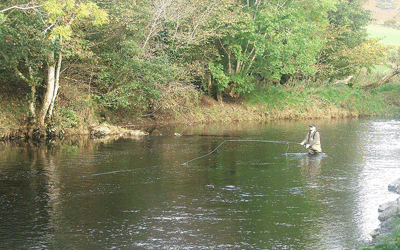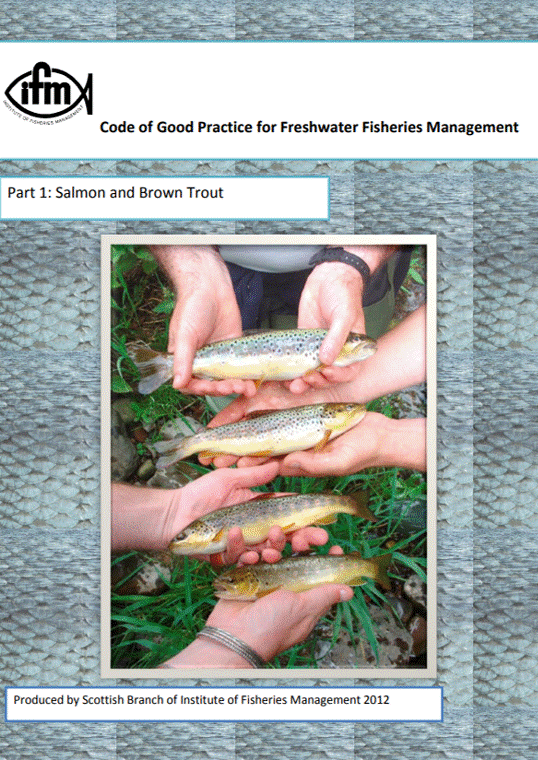Many people assume that fisheries management is about managing fish. However, this is generally not the case – fisheries management is about managing impacts, pressures and people to ensure that the environment on which the fish depend is optimal. If we can provide free access to cold, clean water, the fish will look after themselves.
Fisheries management occurs at many levels. Our members are Scotland’s District Salmon Fishery Boards, the River Tweed Commission and  Rivers and Fisheries Trusts. Collectively, these organisations form the local tier of formal management for salmon and freshwater fisheries in Scotland. The Scottish Government, SEPA and NatureScot have responsibility for fish and fisheries at a national level, and individual fishery owners, tenants, angling clubs and ghillies all play a vital role in protecting and enhancing fish and fisheries.
Rivers and Fisheries Trusts. Collectively, these organisations form the local tier of formal management for salmon and freshwater fisheries in Scotland. The Scottish Government, SEPA and NatureScot have responsibility for fish and fisheries at a national level, and individual fishery owners, tenants, angling clubs and ghillies all play a vital role in protecting and enhancing fish and fisheries.
Scotland’s native fish face a range of pressures, and currently there is no one organisation with overall responsibility for addressing these pressures. Scottish Government sets national policy and have committed to implementing a [Wild Salmon Strategy] which will provide an overarching framework to tackle the pressures on wild salmon. [SEPA] are responsible for protecting the environment and through the River Basin Management Planning process seek to ensure that all of Scotland’s water bodies are at or above Good Environmental Status by 2027. NatureScot work to improve Scotland’s natural environment, with a particular focus on protected areas. It is important to recognise that the powers and duties that DSFBs operate under through the salmon and freshwater fisheries legislation, largely relate to management of exploitation (legal and illegal), and therefore the fisheries management sector must work with Government, agencies and industry to ensure that the freshwater environment is adequately protected.
at or above Good Environmental Status by 2027. NatureScot work to improve Scotland’s natural environment, with a particular focus on protected areas. It is important to recognise that the powers and duties that DSFBs operate under through the salmon and freshwater fisheries legislation, largely relate to management of exploitation (legal and illegal), and therefore the fisheries management sector must work with Government, agencies and industry to ensure that the freshwater environment is adequately protected.
Our partners in the Scottish Branch of the Institute of Fisheries Management have developed a Code of Good Practice for Freshwater Fisheries Management which is an excellent resource for those wanted to gain a better understanding of management for salmon and trout.
